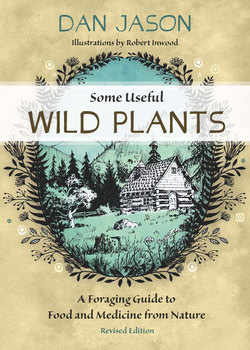Читать книгу Some Useful Wild Plants - Dan Jason - Страница 25
На сайте Литреса книга снята с продажи.
ОглавлениеComfrey
Symphytum officinale
Boraginaceae
Comfrey (also called knitbone) is a perennial that’s seldom found wild in BC, but because of its potential importance and easy cultivation, we have included it. The root is oblong and fleshy, the tall stalk hollow and covered with prickly hairs. The lower leaves are large and covered with rough hair, which causes itching; the leaves decrease in size as they grow up the stem. Pairs of drooping flowers, which are creamy yellow or purple, bloom most of the summer. Comfrey grows best in low, moist ground.
The whole plant is used externally as a hot poultice to reduce swollen parts around fractured bones and to soothe pain in any other tender, inflamed part. (This includes insect bites, sprains, bruises, sore breasts, boils and ulcers.) Internally, the root can be used in a decoction for ulcers, lung troubles, coughing and nasal congestion, and as a gentle remedy for diarrhea. The known healing agent it contains is allantoin—a cell proliferant contained in both the leaves and the root.
Comfrey is also used for tanning leather and as a glue.
Comfrey
